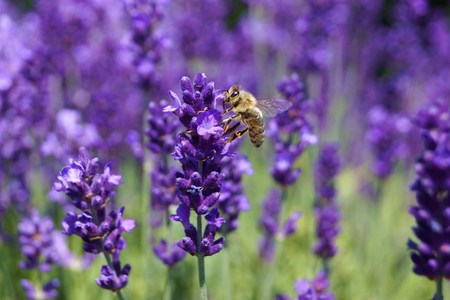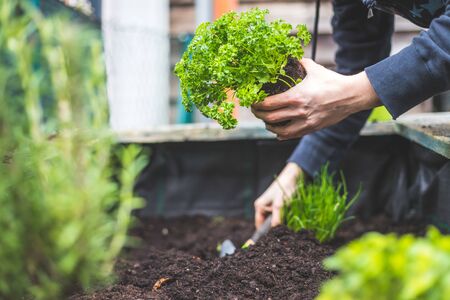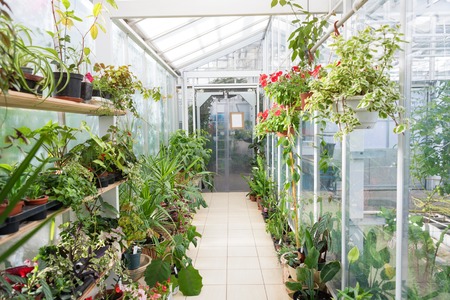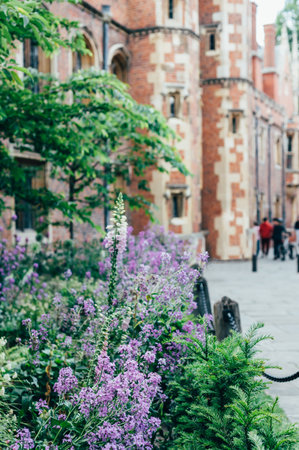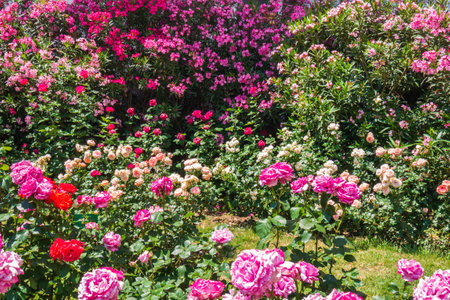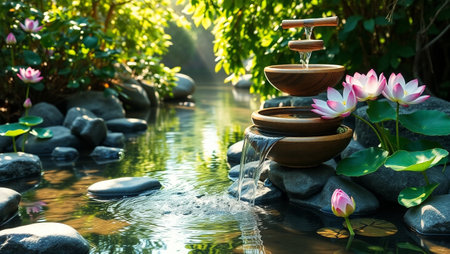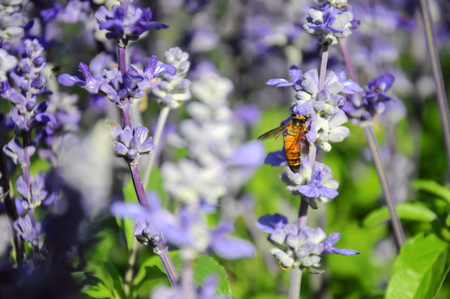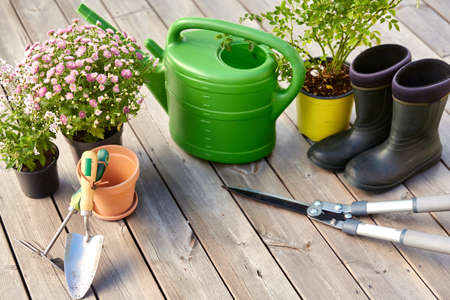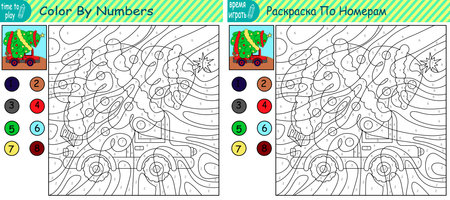How to Manage Vine Weevil Organically in British Ornamental and Edible Plantings
Introduction to Vine Weevil in the UKThe vine weevil (Otiorhynchus sulcatus) is a notorious pest that causes significant damage to both ornamental and edible plantings across the UK. This small, dark beetle targets a wide range of plants, from cherished garden favourites like rhododendrons, cyclamen, and fuchsias, to productive crops such as strawberries and blueberries.…
